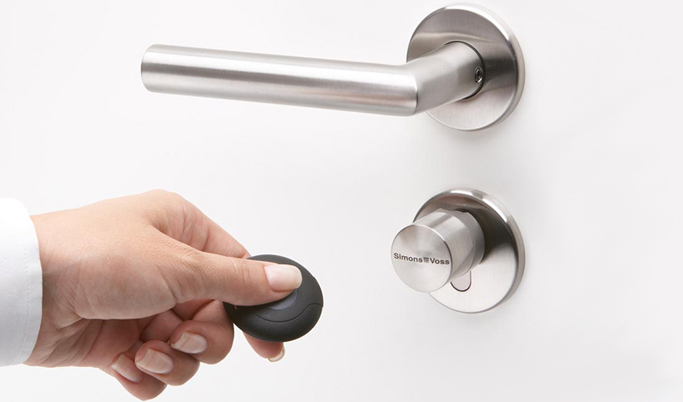Introduction
Avoiding unwanted intrusions is the mission of many companies in the security sector, always ready to satisfy specific market needs.
Security as defence of specific interests is not an easy topic. In fact it is divided in three main areas: physical security (about the facilities), computer security (about servers, database and information), staff security (monitoring of individual behaviour).
We are going to talk about phyisical security, we will make an organic speech about all that preserves physical structures by unwanted intrusions or unexpected accidents. Physically preserving a facility or a place means that you can control it better and you can monitor its accesses.
The physical security sector is the most complex because it links traditional closing systems (doors or windows) to cutting-edge control technology (opening and closing systems). Furthermore, it is the most requested on the market and it is much segmented according to the customer’s needs.
The main technologies and systems about access control can be divided in two big categories: closed wireless technologies and open integrated systems. We will try to make a complete speech about the topic, referring to one of the main company in this sector: SimonsVoss.
Closed wireless technology
The wireless technology and transponder use creates rules and access mode for optimizing the security of the location to protect. Basically, just specific people are allowed to access, through a programming station.
The architecture verifies the access codes through a wireless network link to a central cerver; the network can have a different complexity according to how many locations have to be protected and the diversification of the access credentials.
A valuable example is SimonsVoss Starter System.
This system is based on a opening and closing doors management automatism without traditional keys. The opening and closing are assured by a wireless network and transponders that interact with radio electronic keys (opening remote control). This technology can handle maximum 20 doors for 100 access credentials.
This technology is for small and medium companies, to guarantee access security in reserved areas just to authorized staff.
Open integrated systems
Integrated systems are real architectures for security. Their complexity is different according to dimensions and number of locations to protect.
The main concept of integrated systems is the great ability of make several components compatible among them, managed by a control station and all them are finalized to access security.
A great example of integrated architecture is 3060 on-line mode system by SimonsVoss. The system is planned for working in two ways: off-line and on-line mode.
In off-line mode it manages the access closing and access authorizations in a closed location (as access to external internet networks).
The same system in on-line mode decides a direct link with all the components of the architecture, guaranteeing: fast device unblock, emergency management, credential activation and deactivation and closing monitoring.
The strong point (and so the vulnerable one) of an integrated system is the control software. The software is the glue that allows to interact with all the network devices easily, rapidly and without mistakes. The software complexity, and so its features, are directly proportional to the users’ needs and to the dimension of the architecture itself.
Locking System Management
SimonsVoss uses for all the systems its Locking System Management (LSM) software. This software has a standard, but it is diversified in modules that allow (according to that kind of module) the managing of simple networks and complex architectures of integrated systems. In fact, LSM Business and Professional are the ideal solutions to guarantee the consumption managing based on database and integrated systems.
Basically, this module is for very complex architectures. The power of LSM software is that, according to physical features of the locations and the user needs, it will be offered a specific module for a particular practicality.
The main editions of LSM software are:
- starter
- basic
- business
- professional
Every edition has basic modules to manage the facilities and, by request, they can be enriched by other modules.
In this way, is very interesting to state the LSM Mobile Edition module. This module allows the programming through a mobile device (such as notebook or tablet). Its big advantage is that the managing ability for emergencies from a mobile is better.
We should remember the wide use of “cloud” technology; well know as “computer cloud”, it is for several applications in video surveillance and physical control of the facilities. This technology is the main element when the security system is in not-adjoining facilities. The distance of the locations to protect doesn’t allow the use of coaxial cables or wiring, so you have to use internet network systems.
Generally, the system is based on a cloud server, in a control station, and on routers that link the peripheral devices through the ether. Interesting is the use of programmed routers and interfaced with specific locations and sensors. In fact this technology is very used in fire prevention and opposition.
A wireless system based on Wireless Locks and LSM by SimonsVoss transforms a simple working place in the safer location where you can work or live. In fact, with an adequate programming, automatism (escape route opening, ventilation closing, fire door closing) can be realized, and with serious accidents they don’t just reduce physical damages but they save human lives.
The applications of the described technology are multiple and perfectly integrated with other control needs, such as: working security, fire prevention or health security. In fact you often stay in locations, almost unaware that companies such as SimonsVoss monitor our privacy and health.



